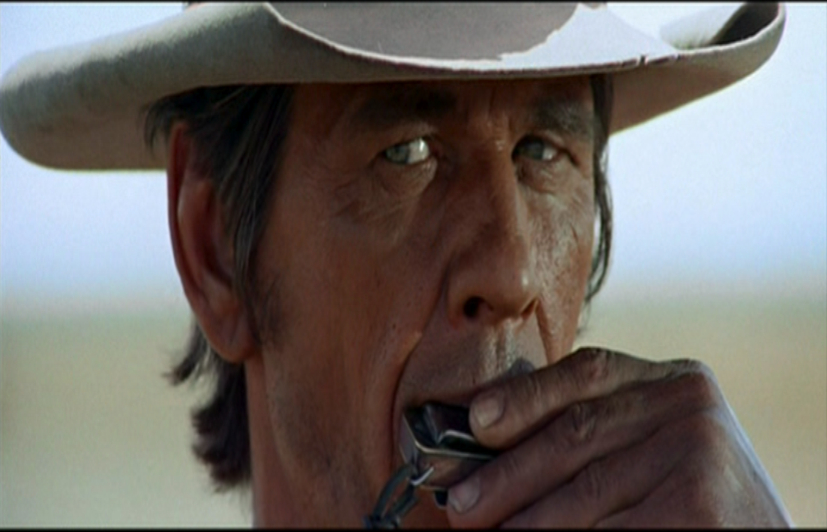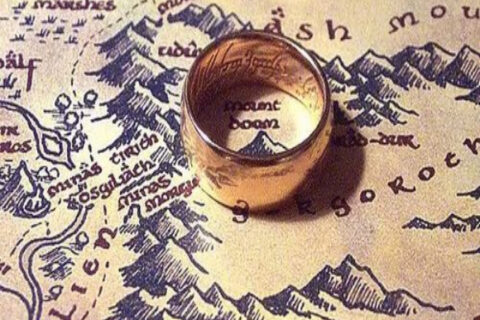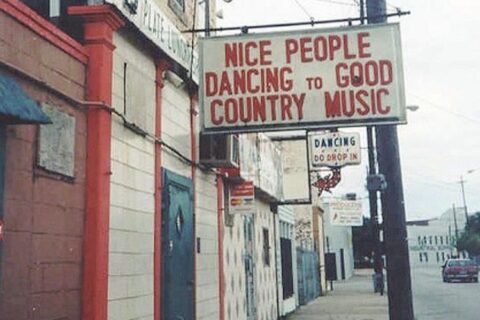The world of local bigfoot variations is fairly fascinating to investigate. Sure, most people know about sasquatch and the yeti, but there are many others. One of those variations is the Fouke Monster, named after the small town in Arkansas, right where Arkansas, Louisiana, and Texas meet. As a noted lover of this region and its stories, Charles B. Piece set out to make a movie about the monster. What he produced is one of the best horror films of the early 1970s and also one of the most influential movies of the era, though its influence is more covert than overt, with its biggest impact not being felt until almost three decades after its release.
That film, The Legend of Boggy Creek, eschews a traditional narrative in favor of a documentary style – the film sets up interviews with those who supposedly had an interaction with the monster, while their stories play out in a reenactment. The use of locals further gives the film its realistic feel that provides the film much of its power. It is difficult for modern viewers to fully appreciate just how groundbreaking the film was thanks to the rise of fake documentaries and “found footage” horror films; however, in the early 1970s, audiences had seen nothing like this. Keeping in the maverick ethos of low budget filmmaking, Charles B. Pierce knew he could not afford the actors or special effects that Hollywood could, so he competed by presenting something that mainstream cinema did not. In this case, it was a brand-new narrative style.
What winds up on film is a textbook example of the art of restraint. Amazingly for a horror film, The Legend of Boggy Creek is rated G, although it would be PG today. Still, the film is a great example of how to produce terror by what is not shown rather than by what is shown. Pierce understands how to make his audience’s imagination work to create a sense of terror. It really does feel like what we are all watching is real. The use of locals, rather than professional actors, further adds to this sense of realism.
As mentioned before, The Legend of Boggy Creek is one of the most influential movies of the era. In many ways, its influence can be determined in two distinct phases. The first phase is more overt, immediate, but also more temporary. The next phase is more covert, delayed, but has also radically altered horror cinema for the past 25 years. The first phase can be seen with the slew of bigfoot movies that formed a minor, if consistent, part of the rural drive-in circuit for a number of years after The Legend of Boggy Creek was released. Remember, The Legend of Boggy Creek was actually one of the biggest hits of 1972. In the years before the blockbuster-dominated mindset came in the wake of the Jaws/Star Wars one-two punch, The Legend of Boggy Creek could be the 11th highest grossing film of the year. Needless to say, bigfoot was viewed as big money and other filmmakers rushed to make their own bigfoot films. The films range from being highly enjoyable in their own right to being downright unwatchable, with the similarly Southern-set Creature from Black Lake along with Night of the Demon being the two best films to come out of the post-Boggy Creek bigfoot cinema landscape.
But there is a second, and even more impactful, phase of The Legend of Boggy Creek’s influence. The Legend of Boggy Creek, with its pseudo-documentary style, directly anticipated the rise of the “found footage” subgenre. The creators of The Blair Witch Project have openly named it as one of their biggest influences, and as much as I hate The Blair Witch Project, it is still hard not to admire just how much this little unassuming movie from a local Arkansas filmmaker has had. The “found footage” genre has radically altered the horror landscape, and The Legend of Boggy Creek is the template for which that entire genre flows. At the very least, this film is one of the best examples of a filmmaker blurring the line of reality and fiction, and it all comes together wonderfully. There is a reason, despite its restraint, the film managed to scare so many children of the 1980s, children raised on Friday the 13th and A Nightmare on Elm Street, as they watched the film during its repeated showings on late night television. Pierce understood his resource limitations and used them to his greater benefit.
Sadly, the film has slipped through the cultural cracks in recent years, most of which is not due to the film aging poorly (it hasn’t), but rather due to its troubled release in the DVD era. For years it was assumed that the film had fallen into public domain, meaning that while it was pretty easy to find, most of the releases were of poor quality and sourced from the VHS. Unless a public domain film is of the stature of Night of the Living Dead, it is very difficult for it to get a high-quality release, its commonly viewed as not worth it. Finally in 2019, it was discovered that the film was not actually in public domain and the film rights went to Pierce’s daughter. The film was released on Blu-Ray, but there were a limited number of copies, and it can be difficult to find today.
But the effort is well worth it. Pierce’s shooting of rural Arkansas is absolutely stunning, and I am grateful that the Blu-Ray version has finally allowed us to see just what the man intended. It really does look like footage from a very good nature documentary. It shows Pierce’s technical talent in a way that has not been fully appreciated yet. All and all, The Legend of Boggy Creek is a textbook example of how horror movies can thrive on restraint even in the modern (post-1968) era that still works well today, even as its once unheard-of narrative style has become commonplace.







You’re Yankee readers may be more interested in the Bennington Triangle!
I lived near Glastonbury Vermont and thought about doing a music project similar to the Flim maker the Articles is presenting.
Went through a similar experience with a natural disaster living in the mountains of Vermont, Folks of Western North Carolina are going through.
Good news is things get built back quickly and better!
God Bless Dixie!
I remember seeing that in the theater when it came out…scared the bejezus out of 12 yr old me…the opening scene with the kid running looks just like the valley I was growing up in, and we got to my driveway just at dusk…I still had a half mile to walk to get to my house.